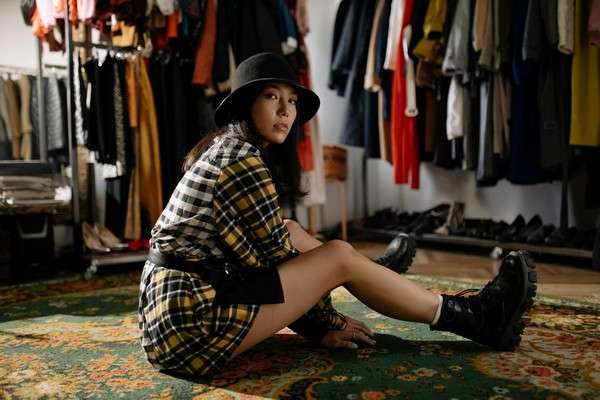Second Life: The Style That Begins After the Store
Published on: April 17, 2025
Clothing doesn’t have to end its journey once it leaves the store. In fact, that’s where its real story can begin. Welcome to a new era of fashion—where the value of a garment is not determined by its price tag, but by its potential to live on, adapt, and inspire. Second-life fashion is rewriting the rules of style, making room for creativity, sustainability, and identity.
The idea is simple: clothes deserve more than one life. Whether it’s a jacket that’s passed from hand to hand, a skirt transformed with a needle and thread, or a pair of jeans revived with patches and personality, second-life fashion gives us a chance to reduce waste and rediscover meaning in what we wear.
The Waste We Wear
Every year, millions of tons of clothing end up in landfills. Many of these pieces are still perfectly wearable—cast aside because of a small tear, a fading trend, or simply because we wanted something new. This throwaway culture doesn’t just waste resources—it also wastes opportunity.
Fast fashion has trained us to treat clothes as disposable. But a growing movement is challenging that mindset, proving that the most stylish garments aren’t always brand-new—they’re the ones with history, story, and transformation.
Reclaiming the Wardrobe
Giving clothes a second life is not about compromise. It’s about creativity. Repairing a rip, dyeing a faded shirt, turning an old dress into a top—these are acts of personal expression. Second-life fashion invites us to slow down and engage with our wardrobe in a more meaningful way.
Thrift stores, charity shops, vintage markets, and online resale platforms are thriving for a reason. People are realizing that fashion doesn’t lose value with time—it gains character. Finding a unique piece that no one else owns can be more satisfying than picking the same trendy item from a rack.
The Rise of Upcycling
Upcycling is one of the most exciting parts of second-life style. Unlike recycling, which breaks materials down, upcycling transforms existing garments into something new—often with added value. Old T-shirts become tote bags. Worn-out jeans become patchwork skirts. It’s sustainable, but it’s also deeply artistic.
Many emerging designers are now focusing exclusively on upcycled fashion. They see beauty in what others discard and craft pieces that are bold, one-of-a-kind, and socially conscious. Even big brands are beginning to embrace the trend, offering capsule collections made from deadstock or returned inventory.
Personal Style With Purpose
One of the biggest myths about fashion is that it has to be fast to be fresh. Second-life fashion turns that idea on its head. When you build a wardrobe from diverse sources—past purchases, thrifted gems, DIY projects—you’re crafting a look that’s truly your own. It’s not about chasing trends; it’s about choosing pieces that resonate.
And there’s something deeply empowering about wearing clothes that tell a story—of revival, of resilience, of care. Each stitch becomes a symbol of value, each garment a statement of consciousness.
Community, Craft, and Connection
Second-life fashion isn’t just an individual practice—it’s a community-driven movement. Clothing swaps, repair cafes, upcycling workshops, and online sharing groups all contribute to a culture where clothes are loved, not just owned. People trade, teach, learn, and celebrate the joy of making old things new again.
Even learning basic skills—like sewing on a button or hemming pants—can make a huge difference. These small acts connect us not only to our clothes, but to the generations before us who viewed fashion as a long-term investment, not a fleeting thrill.
A Stylish Future Rooted in the Past
The future of fashion doesn’t have to be futuristic. Sometimes, the most powerful innovations are about looking back and moving forward with intention. Second-life fashion is a way of honoring what already exists, of saying that beauty doesn’t expire, and that style doesn’t come with an expiration date.
As we face the climate crisis, economic uncertainty, and cultural shifts, second-life fashion offers a hopeful path—one where fashion is less about consumption and more about connection.
The next chapter in your style story doesn’t begin with a receipt—it begins with imagination.










